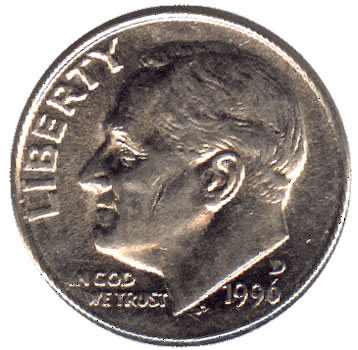Early Life
Franklin D. Roosevelt was born in Hyde Park, NY in 1882. Born the fifth cousin of Theodore Roosevelt, Franklin was destined for politics. He attended Harvard University and Columbia Law School. In 1905, Franklin married Eleanor Roosevelt. He was elected to the New York Senate five years later. President Woodrow Wilson elected him Assistant Secretary of the Navy in 1913.
The New Deal, World War II, and Three Terms
In 1921, however, tragedy struck. Roosevelt contracted Polio, a once common disease that rendered him unable to walk. Roosevelt did not let his condition destroy his political career. In 1928, he was elected governor of New York. Four years later, in 1932, he was elected as America's 32nd president. 1932 was a turbulent time in American history. The country was mired in the misery of its worst depression in history. Millions of people were unemployed and few banks remained in business. Roosevelt immediately implemented a sweeping plan known as the "New Deal" to bring recovery to agriculture and business, relief to the unemployed and to those in danger of losing businesses, farms, or homes. He also developed the Tennessee Valley Authority - which provided electricity and flood relief to poor southern farmers. Roosevelt also initiated Social Security reforms, raised taxes on the wealthy, implemented new controls over banks and public utilities, and started an enormous work relief program for the unemployed. Although Roosevelt's "New Deal" did not end the Great Depression, many historians believe it prevented the U.S. economy from decaying further, and it gave government more regulatory power. Roosevelt also presided over much of America's role in World War II, and devoted much time formulating a plan for the United Nations. Roosevelt was elected to a record four terms in the presidency. In 1945, however, Roosevelt died in office after suffering a cerebral hemorrhage. Today, he is honored on the front of the U.S. dime, and, on many U.S. postage stamps.
